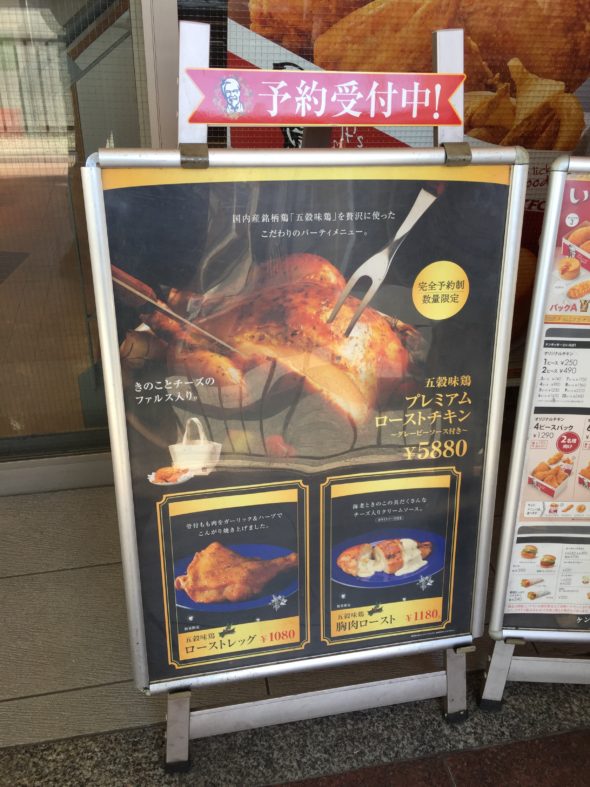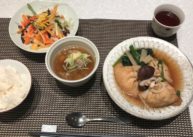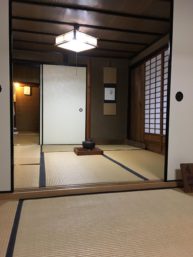As a Music Major student, I chose Shamisen(三味線)as my CIP project. This is a traditional Japanese instrument, and it brings me to a new music world.
My Shamisen teacher is Iwasaki sensei. She is an elegant Japanese woman who teaches shamisen and koto (琴), which is another traditional Japanese instrument. In the classroom on the second floor of Greenwich House which belongs to Iwasaki sensei, She often leads group practices with her shamisen, koto and shakuhachi(尺八) students, and I am glad to be part of them.
I still remember the first time that I went to practice. That was a group practice. Iwasaki sensei was holding a shamisen and singing a Japanese traditional folk song, while her koto, shamisen and shakuhachi students were each playing their own parts. There were about six students in that room, and all the students except me and another girl from KCJS were in their sixties or seventies.
“いらっしゃいませ。” this was the first sentence that Iwasaki sensei said to me. One of her students, a friendly-looking obaa-chan, gave me a cup of juice and some cookies. Everyone in the room was so nice that they asked me to help myself if I wanted to drink more or eat more. Their kindness relieved my anxiety being at my first practice and made me feel at home.
Shamisen is called Shamisen(三味線) because it has three strings. Comparing to instruments such as guitar and violin which have more than three strings, shamisen, having fewer strings, may seems easier to handle, but it was hard for me because I haven’t played any string instruments before.
The score of shamisen surprised me since it was different from any other Western music score that I had ever seen before. The notes were written in a combination of kanji for the first and second string and Arabic numbers for the third string. Instead of using scores written in contemporary form which do not include kanji and thus is easier to understand for beginners like me, Iwasaki sensei insists on using the score of traditional style. I like the traditional form of score very much; the style of score made me realize that shamisen has its own music system, a different way to perform music.
I joined the group practice with other Iwasaki sensei’s students. As a foreigner learning a new instrument, it was very hard at first. Sometimes Iwasaki sensei instructs me with Japanese music terminologies that I do not understand, but luckily, everyone within the classroom is willing to help me. One of the obaa-chans always helps me with toning and fingering; Iwasaki sensei often patiently explains how to play shamisen in the right position; another obaa-chan teaches me how to read the kanji notes. Therefore, I am almost never lost in the practice.
I participated in some group practices in the evening, and Iwasaki sensei always invited me and her other students to have dinner together. During the dinner time, Iwasaki sensei was always willing to chat with me about my life in Japan, which made me feel so warm. I enjoyed the dinner time with Iwasaki sensei and other students very much.
I think it would be hard for me to continue learning shamisen after I leave Japan. However, learning shamisen with Iwasaki sensei is an experience that is worthy to memorize throughout my lifetime. It is always hard to start to learn something new, but I managed to do it thanks to the help of all the cordial people that I met in Iwasaki sensei’s classroom. Thanks for everything!



